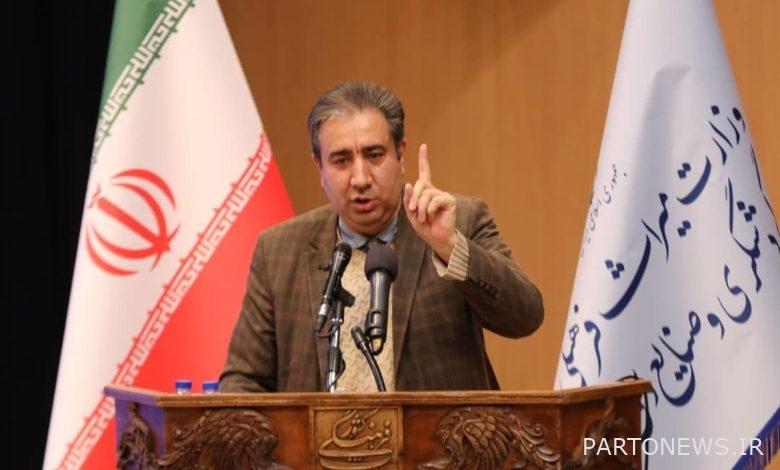How to display returned historical artifacts in museums

Jabraeil Nokandeh, the Director General of the National Museum of Iran, wrote in a note that he made it available to Aria Heritage: Museum historical artifacts that are transferred from one country to another for the purpose of restitution or holding an exhibition, must be packed in the country of origin with the presence of the property trustee/legal representatives. And they are sealed. Considering that one of the important factors in the preservation and maintenance of historical monuments is the environmental conditions in terms of temperature, relative humidity, the amount of gaseous pollutants, airborne particles and pests (insects and microorganisms), etc. The maintenance environment itself is stable with some of the above variables.
Therefore, any movement of works from one environment to another, while it can bring tensions to them, causes the transfer of pollution, including pests, from the original environment to the new location. After transfer, the work needs a short period of quarantine (1 to 2 days and sometimes more depending on the type of work) so that it can gradually adapt to the new weather conditions in terms of temperature, humidity, etc.
The object is kept in a separate space from other objects so that if insects or other pest elements such as microorganisms are introduced in its packaging from the destination country or along the way, it is separated from it and we can make sure that these insects do not enter the tanks and also do not harm other works. do The mentioned items also apply to the works that are transferred from archaeological excavations.
After passing the quarantine period, the item is unpacked in the presence of the legal representatives/trustee of the property and a condition report is prepared by the conservation and restoration expert to ensure the safety of the item during transportation and travel. The status report is matched with the form prepared before packaging and the physical health of the product is documented and checked.
In the case of returned objects and even exhibits entrusted to the trust, the high expert board examines the works in terms of authenticity to know whether the works returned to the country have historical authenticity or not, and the result is set in a meeting report. The same is true for the works that are borrowed for the exhibition.
The final stage is preparing a suitable showcase, content plan for the show, setting up subtitles and enough information about the work and performing the ceremonies of the show and its unveiling so that we can provide sufficient and correct information to the visitors.
end of message/

